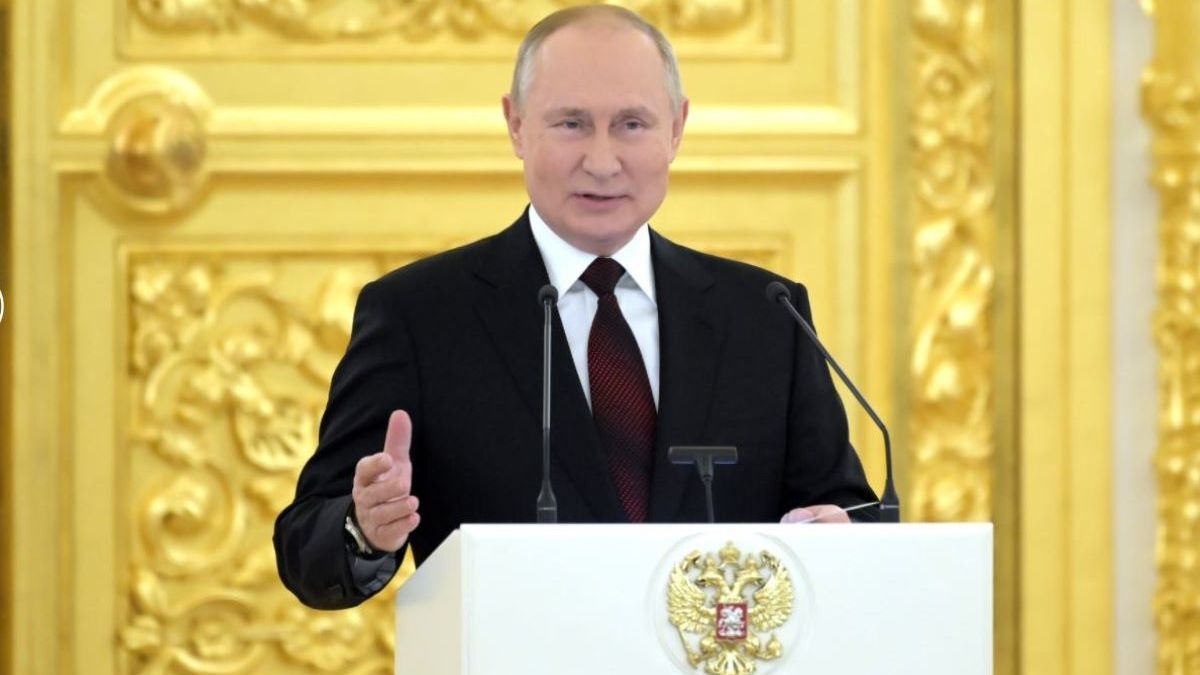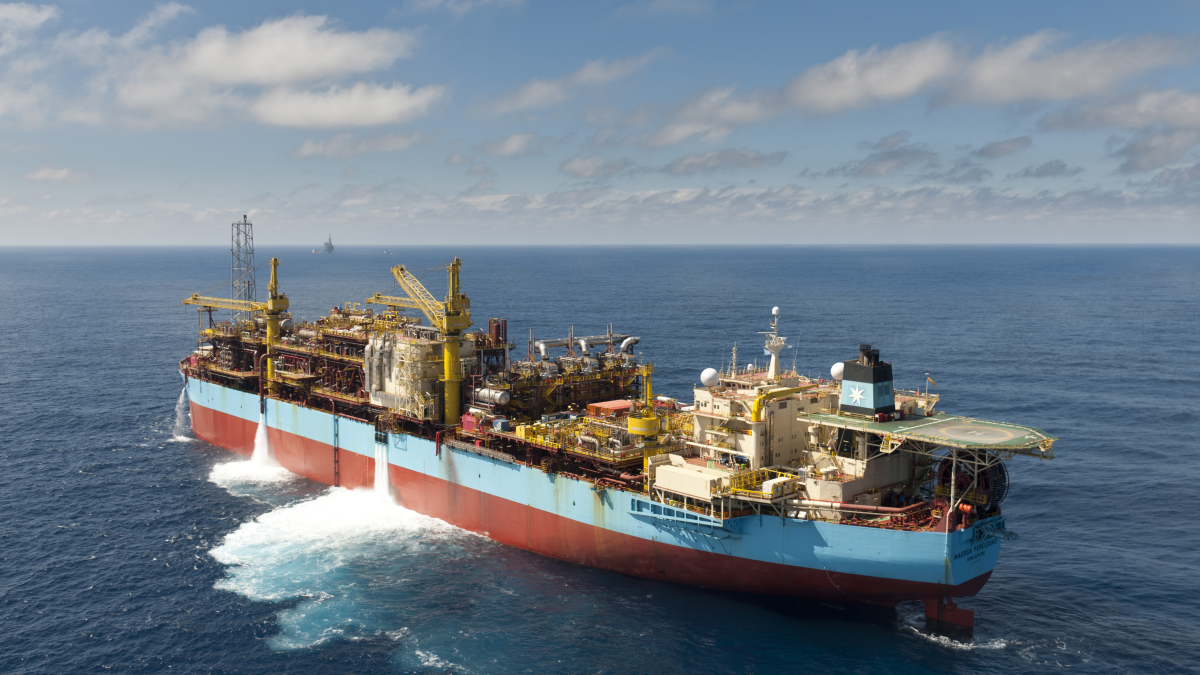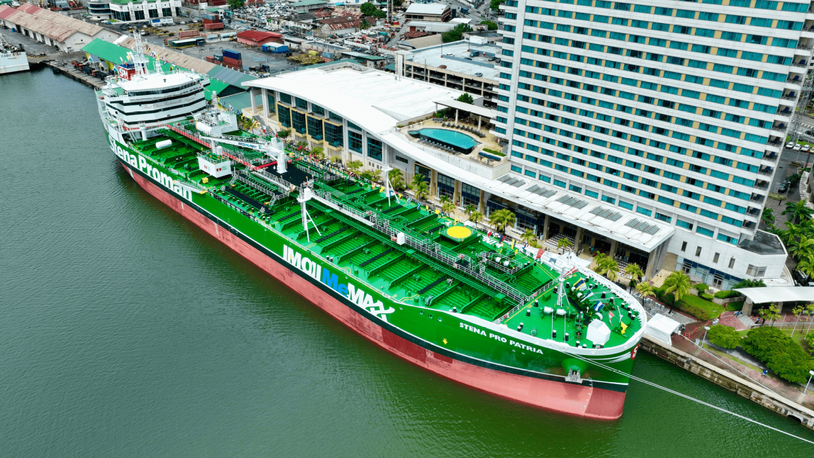Business Sectors
Contents
Register to read more articles.
VLCC earnings in crisis
The VLCC freight market remains weak, but an invasion of Ukraine by Russia could have a major impact on the sector
After the pitifully positive earnings estimated for the average for the VLCC spot market in week two, last week saw freight rates weaken even further. The average VLCC time charter equivalent (TCE) for the third week of 2022 disappeared below zero to -US$1,800 per day.
Of the nine VLCC routes covered by Clarkson Research Services’ (CRS) Shipping Intelligence Weekly, six were portraying continuous negative earnings to the extent that a percentage change was meaningless.
Three routes recorded positive earnings estimates in week two, but one, West Africa to east coast India, fell 92% to close to zero at US$208 per day.
There is nothing in the current market conditions that indicate a change and with nearly 200 VLCCs due back in the Middle East Gulf loading area, spot rates may soften.
The advent of the Chinese New Year from 1 February may see a small rush to fix ahead of the Chinese market closing.
In its Outlook 2022, shipbroker Simpson Spence & Young head of tanker research Claire Grierson noted that greater oversight by Beijing of the country’s independent refining sector led to reduced and delayed crude import quotas, which is impacting crude oil imports.
“Unfavourable price spreads that made it less attractive for Asian refiners to buy Atlantic Basin crude also reduced tanker tonne miles, especially for VLCCs,” Ms Grierson wrote.
The strategy of drawing down national oil reserves has a limit – at some point they need to be refilled, noted Ms Grierson.
Another factor impeding earnings growth, noted MSI in its latest HORIZON Monthly Oil Tankers, is the threat of China’s debt crisis spreading to other markets. MSI also noted the situation between Russia and Ukraine is a cause for concern.
Poten & Partners manager of marine research and consulting Erik Broekhuizen has produced an analysis of what might be the impact on the tanker market from an invasion of Ukraine by Russia.
Curbing Russia’s ability to export oil and gas has not been a sanction in the past, but what would be the impact if the West was to treat Russia like Iran?
Russia produces around 9.9M barrels per day (b/d), and as part of OPEC+, it is expected to increase production to 10.1M b/d in Q1 2022. Exports are around 6.5M b/d to mainly China and Europe via pipeline, but with significant seaborne deliviries out of the Black Sea, Baltic Sea and Russian Far East via Aframax tankers.
A European and US axis sanction of Russian oil and gas exports would hit Europe hardest. Poten speculates the oil price would rocket upward. Europe would have to increase product imports – a boon for the product tanker sector.
Crude oil imports would depend on the reaction of OPEC partners. Should Saudi Arabia open the taps, it would be a boon for the VLCC sector.
It might not even need an actual invasion to precipitate a mini-boon in the VLCC sector. With VLCC freight rates at historical lows, pre-empting the crisis with crude oil storage on VLCCs off the coastline of Europe could be the smart play.
Sign up now for the free Vessel Optimisation Webinar Week 25-27 January 2022.
Related to this Story
Events
International Bulk Shipping Conference 2025
Tankers 2030 Conference
Maritime Navigation Innovation Webinar Week
© 2024 Riviera Maritime Media Ltd.














